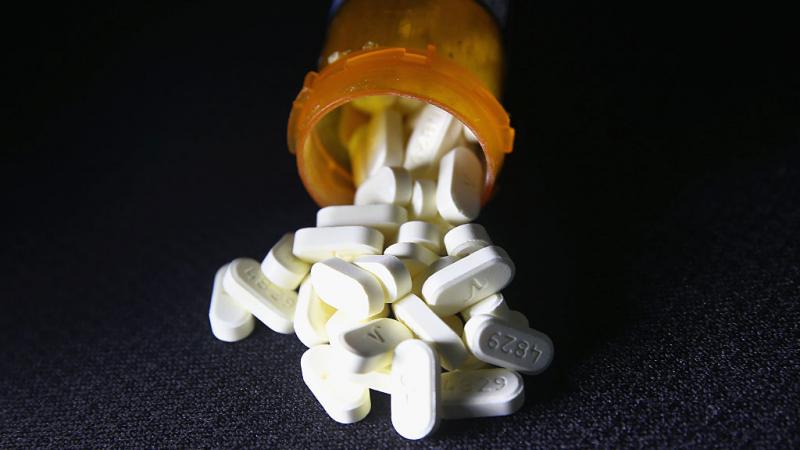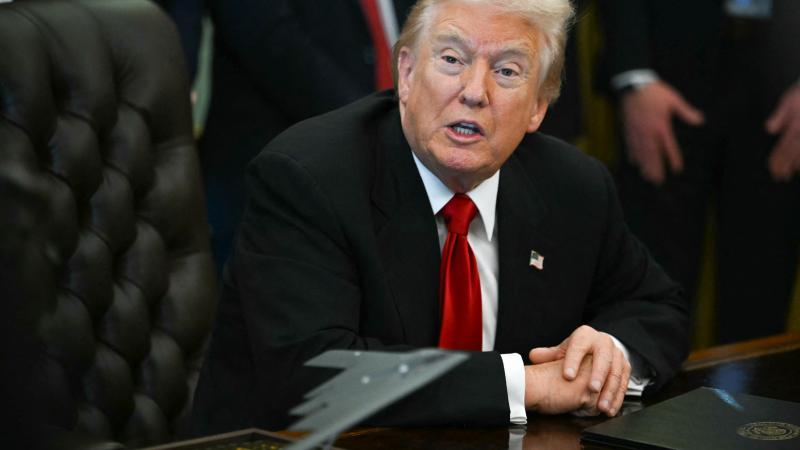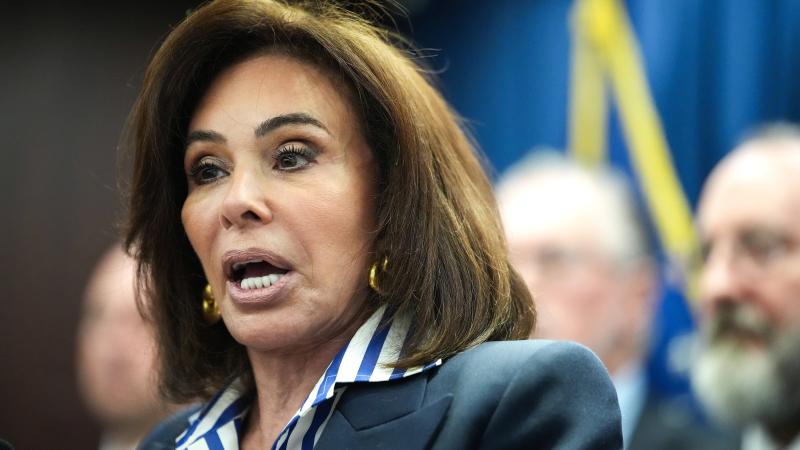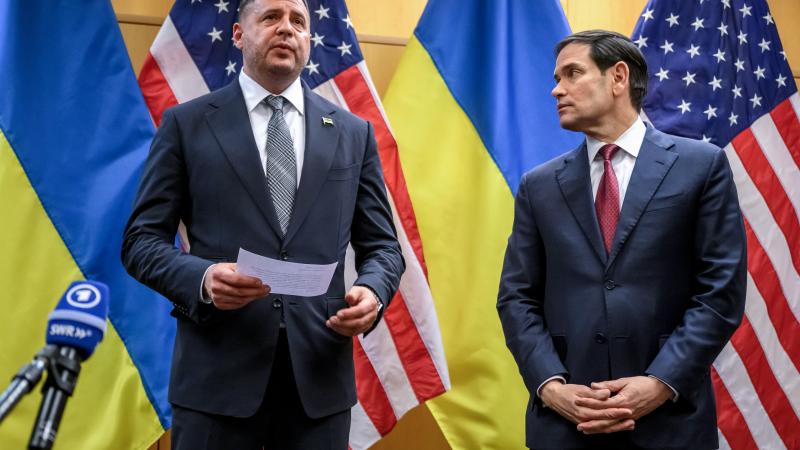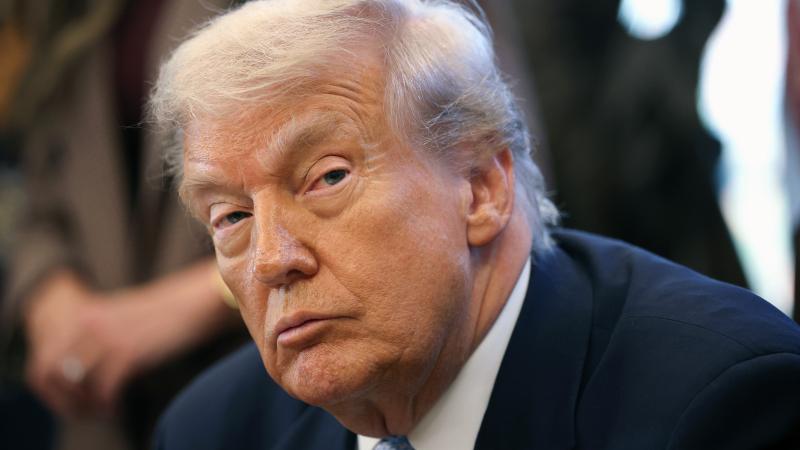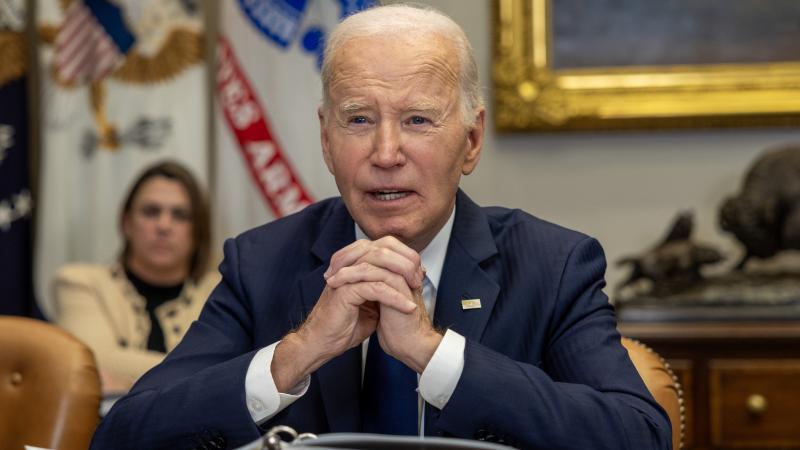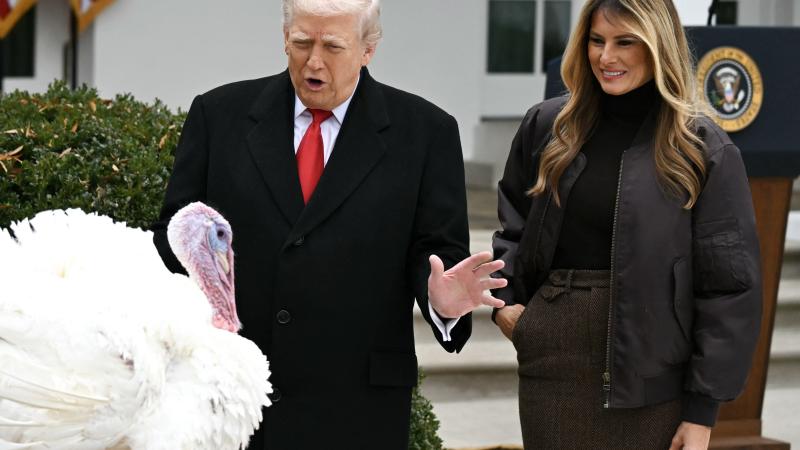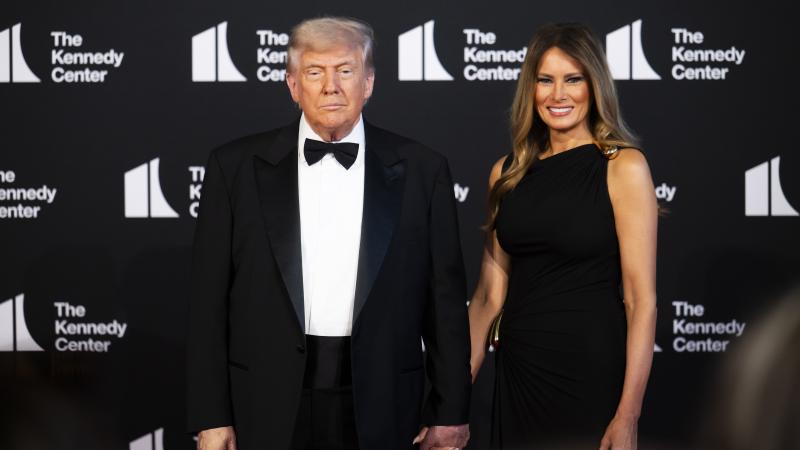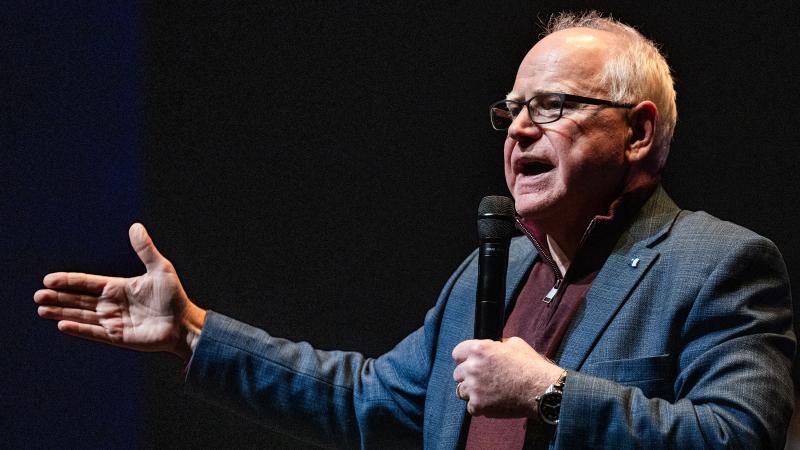Welfare for colleges? NIH 'slush fund' allegedly stiffs research to fund administrative bloat
Private foundations fund only a fraction of the "indirect costs" Uncle Sam does, and universities spread panic to keep the taxpayer spigot gushing. Critic says universities "launder" federal money to researchers for perks so they go along.
The sky is falling for the nation's wealthiest medical research institutions and their allies in government-subsidized media in the wake of the National Institutes of Health ratcheting back the extra money they receive for "indirect costs" as a percentage of research grants.
The Association of American Medical Colleges portrayed the cut on "facilities and administrative" cost reimbursement as an attack on research grants themselves that will harm "every American" with "slower scientific progress, longer waits for cures, fewer jobs."
"Say goodbye to the greatest engine of biomedical research ever created," intoned the New England Skeptical Society's publication Science-Based Medicine, whose managing editor, David Gorski, called the Great Barrington Declaration's authors – one nominated for NIH director – "COVID-19 deniers" for opposing lockdowns in 2020.
But some researchers see the new 15% cap on "negotiated indirect cost rate agreements" – paused Monday by a President Biden-nominated judge in 22 states that sued to block it – as welfare reform for colleges and a shot across the bow to administrators to stop pilfering from their researchers, who can get bigger grants with lower NICRAs.
"Cutting indirects might even mean more science," epidemiologist Vinay Prasad, who runs an eponymous research lab at the University of California San Francisco, wrote on his website among a slew of recent posts on NICRA in theory and in practice.
"Less money spent on the administration is more money to give out to actual scientists," the self-described liberal Democrat said. "I am shocked to see researchers crying about how much money the university gets – it means more grants can be given per cycle."
He specifically called out the president and medical dean at Johns Hopkins University, which is private, for suing NIH while earning $4 million together on the backs of taxpayers.
The 15% cap might even prod researchers to ditch shoddy research, according to Louisville cardiac electrophysiologist John Mandrola, who hosts the podcast This Week in Cardiology and like Prasad regularly contributes to the Sensible Medicine newsletter and calls himself a medical conservative who questions the "marginal benefits" from purported "medical advances."
"Like coffee and blueberry studies, we could do w[ith] fewer nonrandom retrospective comparisons," Mandrola wrote on X in reference to a new Journal of the American Medical Association Internal Medicine study that drew criticism for weak methodology. If NIH cuts led to fewer such studies, "medical science would be fine."
NIH emphasized the lower cap is still generous compared to private research funders and will "immediately" save $4 billion a year, down from the $9 billion for indirect costs – within $35 billion granted last year for all costs.
Institutions with eye-popping endowments that charge more than 60% for indirect costs include Harvard ($53.2 billion), Yale ($41.4 billion) and Johns Hopkins ($13.1 billion), NIH said. Eight of the 22 states suing to protect their old haul received more than $100 million each, and another five more than $50 million each, in total NIH funding in fiscal 2025.
The issue drew attention a month after President Trump's reelection when then-Department of Government Efficiency co-lead Vivek Ramaswamy called the high NICRA payments "slush funds" that subsidize diversity, equity and inclusion and "related nonsense," in contrast to the 10% "overhead rake" universities typically get from private foundations.
Rutgers University microbiology lab director Richard Ebright responded that several institutions charged even higher indirect-cost percentages in a 2014 survey: the Salk Institute (90%), Scripps Research (89.5%), Cold Spring Harbor Laboratory (88.5%) and Harvard-affiliated hospitals Brigham and Women's (76.5%) and Mass General (74%).
Only Penn State, University of Florida, University of Utah and UAB took less than 50%.
"There is absolutely no defensible basis for non-uniform indirect cost rates" or anything over 60%, Ebright said: "The system is a colossal fraud."
"At 60%+ admin overhead, a non-profit would receive an 'F' from most charity rating orgs" and the IRS would use it to audit a conservative organization, Trump White House deputy chief of staff Taylor Budowich wrote on X.
Wired reported that some citations in the NIH announcement appear to come from a 2022 Heritage Foundation report, which analyzed 82 universities and the indirect cost rate they receive from federal grants. Minus 10 that refused to confirm their rates from private funders, 67 of 72 universities accepted private grants with no indirect coverage.
Harvard and CalTech were exceptions, requiring 15% and 20% rates, respectively, NIH said. The other three – MIT, University of Michigan and University of Alabama – "refused to accept indirect cost rates lower than their federal indirect rate."
Critics of the move include former Harvard Med Dean Jeffrey Flier, who has questioned the quality of evidence in favor of COVID interventions but said the cut would "cause chaos" and "a sane government would never do this." One analyst said it exceeded NIH's statutory authority, which allows changes only for a "class" of grants.
"Harvard charges U.S. taxpayers 69% for indirect costs on an NIH grant, but charges billionaire Bill Gates only 10%," science journalist Paul Thacker, who exposed drug industry payments to doctors for the Senate Finance Committee, wrote on X.
A host of left-leaning foundations pay 10-15% rates, UCSF's Prasad noted: the Smith Richardson Foundation, which grew out of drug companies; the Robert Wood Johnson Foundation, which helps taxpayers keep the lights on at NPR; and Carnegie, Rockefeller, Packard and Chan Zuckerberg, whose co-creator now supports Donald Trump.
"Stanford once used NIH funds to purchase a yacht and redecorate the President’s house," Make America Healthy Again leader Calley Means wrote on X.
The "close confidante" of Robert F. Kennedy Jr., who was confirmed last week as Health and Human Services secretary, cited a 1991 New York Times article on Stanford admitting to Congress it may have overcharged $200 million in indirect costs.
Michigan Democrat Rep. John Dingell before he died in 2019 called several Stanford billings "possibly illegal."
"Schools open to line item audit?" Means wrote. STAT reported Stanford would be one of the biggest losers in higher ed, with $100 million lost to the rate change.
"I’ve paid close to 100 student-years from NIH and [National Science Foundation] funds during my time at Stanford," former Stanford Artificial Intelligence Lab professor Serafim Batzoglou wrote on X. "Between tuition and overhead, the student takes about 33% in salary and benefits, and the rest goes to Stanford," where donors pay for the buildings.
"I fully support reducing the extortionate 60% to a reasonable 15%," Batzoglou wrote. "That means about 50% of the student cost (tuition and overhead) will still go to Stanford."
"For people running computational labs, the indirects are insane," Prasad wrote Tuesday. "How can you justify 65% to sit at home on your computer?"
He said some universities "launder" payments back to researchers to use as unrestricted funds, for "business class travel to Europe, and events with alcohol … taxing a plumber so that an upper middle class scientist can lie down on their flight to Geneva."
Tagging Kennedy, NIH director-nominee Jay Bhattacharya and Food and Drug Administration commissioner-nominee Marty Makary on X, Baltimore cardiologist Joseph Marine proposed a middle ground: "reduce the burden of compliance in grant application, contracting, and reporting" and "for healthcare in general."
The Facts Inside Our Reporter's Notebook
Links
- government-subsidized media
- Association of American Medical Colleges portrayed the cut
- David Gorski called the Great Barrington Declaration's authors
- paused Monday by a President Biden-nominated judge
- eponymous research lab
- wrote on his website
- He specifically called out the president and medical dean
- Sensible Medicine newsletter
- medical conservative
- Mandrola wrote on X
- Journal of the American Medical Association Internal Medicine study
- drew criticism for weak methodology
- NIH emphasized the lower cap is still generous
- total NIH funding
- Vivek Ramaswamy called the high NICRA payments
- several institutions charged even higher
- 2014 survey
- Taylor Budowich wrote on X
- Wired reported
- NIH announcement
- 2022 Heritage Foundation report
- former Harvard Med Dean Jeffrey Flier
- questioned the quality of evidence
- in favor of COVID interventions
- One analyst said it exceeded NIH's statutory authority
- science journalist Paul Thacker
- exposed drug industry payments to doctors
- co-creator now supports Donald Trump
- Calley Means wrote on X
- "close confidante" of Robert F. Kennedy Jr
- confirmed health and human services secretary this week
- 1991 New York Times article
- STAT reported Stanford would be one of the biggest losers
- Serafim Batzoglou wrote on X
- Prasad wrote Tuesday
- Joseph Marine proposed a middle ground

